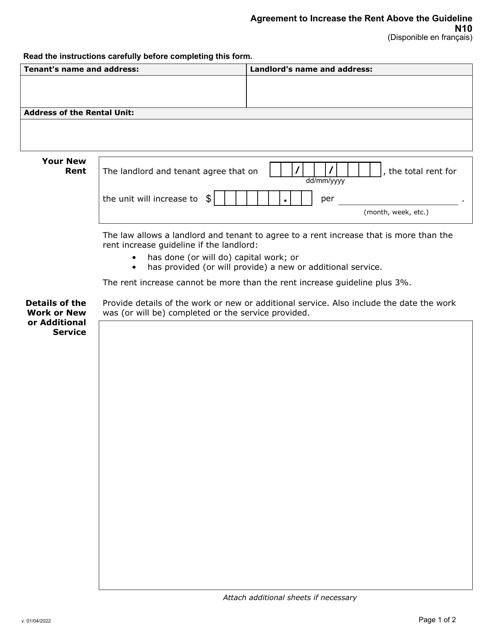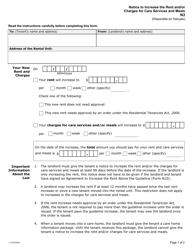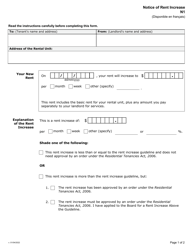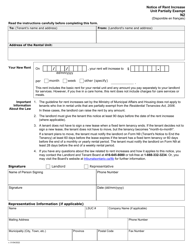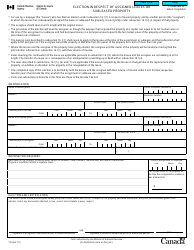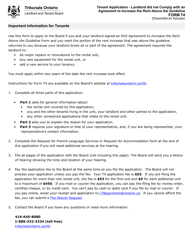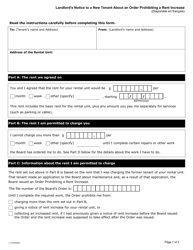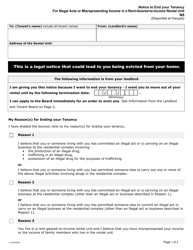Form N10 Agreement to Increase the Rent Above the Guideline - Ontario, Canada
Form N10 Agreement to Increase the Rent Above the Guideline in Ontario, Canada is used when a landlord and tenant agree to increase the rent by an amount that exceeds the rent increase guideline set by the government.
The landlord typically files the Form N10 Agreement to Increase the Rent Above the Guideline in Ontario, Canada.
Form N10 Agreement to Increase the Rent Above the Guideline - Ontario, Canada - Frequently Asked Questions (FAQ)
Q: What is Form N10?
A: Form N10 is an Agreement to Increase the Rent Above the Guideline in Ontario, Canada.
Q: When is Form N10 used?
A: Form N10 is used when a landlord and tenant in Ontario, Canada, agree to increase the rent above the guideline set by the government.
Q: What is the purpose of Form N10?
A: The purpose of Form N10 is to formalize the agreement between the landlord and tenant to increase the rent above the guideline.
Q: How does the rent increase guideline work in Ontario?
A: In Ontario, the government sets an annual rent increase guideline, which limits how much a landlord can increase the rent each year without agreement from the tenant.
Q: Is the use of Form N10 mandatory?
A: No, the use of Form N10 is not mandatory, but it is recommended to have a written agreement to avoid misunderstanding or disputes.
Q: What information is required in Form N10?
A: Form N10 requires information such as the names of the landlord and tenant, the address of the rental unit, the current rent amount, the proposed rent increase, and the effective date of the increase.
Q: What happens if the tenant does not agree to the rent increase?
A: If the tenant does not agree to the rent increase, the landlord cannot impose the increase and must continue charging the current rent amount.
